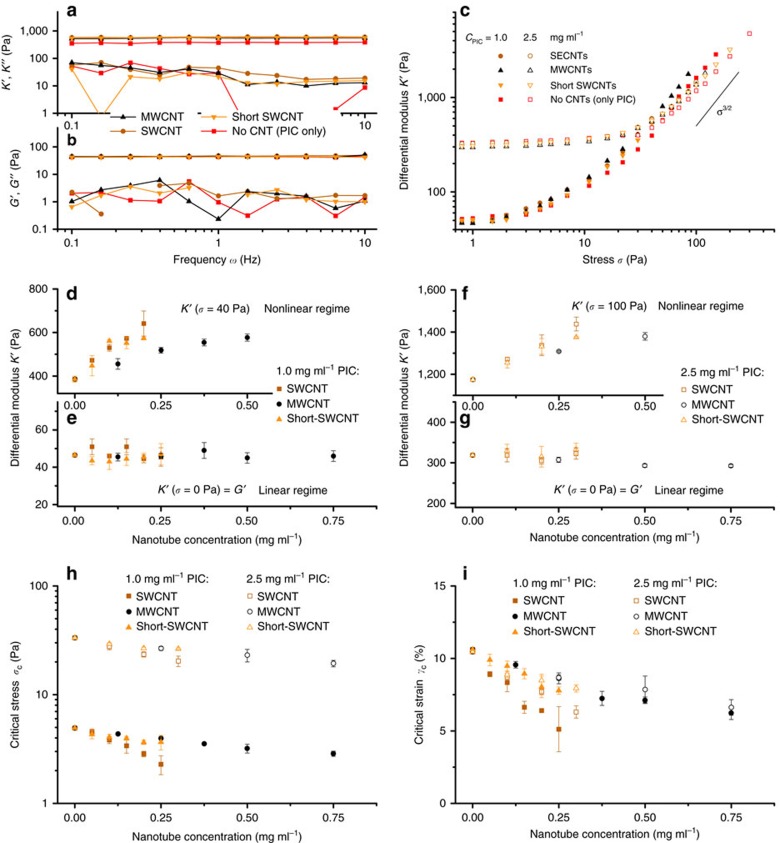Figure 2. Mechanical properties of composites with semi-flexible PIC networks and rigid CNT rods.
(a,b) Frequency sweeps in the linear viscoelastic regime (a) and in the nonlinear regime at a pre-stress σ0=40 Pa (b). The colours are indicated in the legend; the concentrations: cPIC=1.0 mg ml−1 (all samples), cSWCNT=0.2 mg ml−1, cMWCNT=0.5 mg ml−1, cshort-SWCNT=0.2 mg ml−1. (b) Differential modulus at frequency ω=1 Hz at the same concentrations as in a,b. (c–g) Stiffness of PIC/CNT composites in the linear regime represented by the differential modulus K′ at σ=0 Pa (e,g) and the nonlinear regime represented by K′ at σ=40 Pa or σ=100 Pa (d,f) for gels with PIC concentrations of 1.0 (d,e) and 2.5 mg ml−1 (f,g), respectively. (h) The critical stress σc decreases with nanotube concentration for gels with PIC concentrations of 1.0 and 2.5 mg ml−1. Note the logarithmic scale on the y axis. (i) The critical strain γc also decreases with increasing nanotube concentrations. The effects are strongest for the gels with long single-walled CNTs and low PIC concentrations. The error bars represent s.d.'s over two samples.

